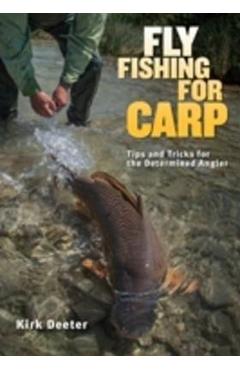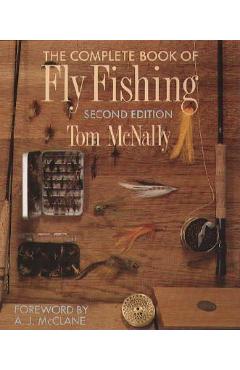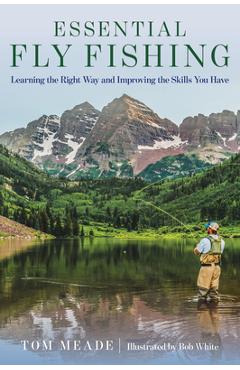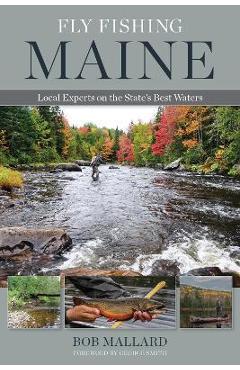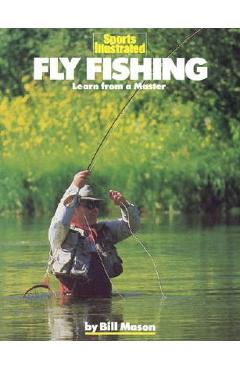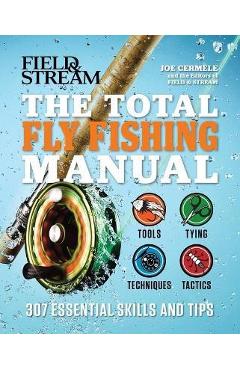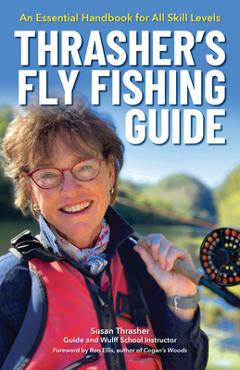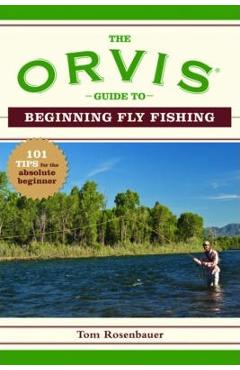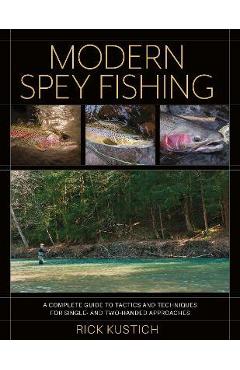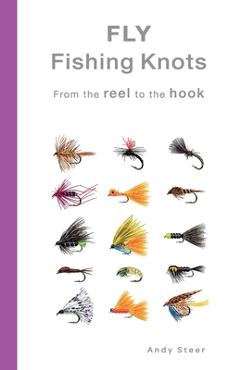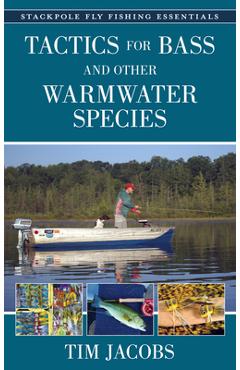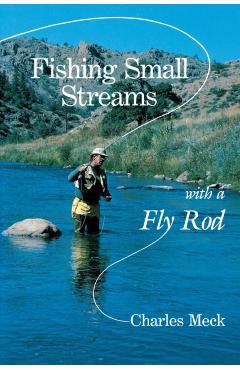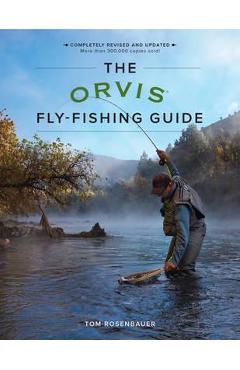How to Master Fly Fishing and Catch Abundance: Ultimate Guide For Fly Fishing
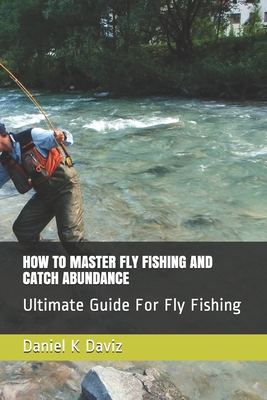
How to Master Fly Fishing and Catch Abundance: Ultimate Guide For Fly Fishing
Fly fishing is very different than fishing with a lure or worm type baits. The fly fisherman uses a artificial fly consisting of bites of feathers, foam, hide, fur, yarn, and other materials to be tried on to a hook that make it appealing to the type of fish you are catching. Every fly fisherman has his own type of flies he likes to use some purchase them and then some of us like to tie our own. Fly tying is more of an art with basic training which most people can learn over a short period of time.The tip of your rod should be in the four o' clock position with 20 feet (6 meters) of line extended beyond your rod's tip. Trap the line between the rod handle and your index finger. To begin the back cast, bend your elbow, raise your forearm and move the rod tip from four o'clock to eleven thirty and lift the line from the water. Pause for a moment at this point to allow the line to extend behind you before casting the rod forward. Allow the rod to follow through as the line extends to its full length in front of you. Then continue to work the line in this manner. A fish strikes. The fight is on and you successfully land the fish. This is fly casting.Fly fishing is an old method of angling. It was primarily developed to catch trout and salmon. Today, it is still used to fish these species, but is also used to catch bass, carp, pike and a wide range of saltwater fish. The difference between casting and fly fishing is that in casting you use the weight of your bait, sinker and bobber to propel your cast. In fly fishing, the weight of the line propels your line forward and puts your fly into position. The fly cannot do this, as it is essentially weightless. The goal in fly fishing is to present the fly gently and to always be in control of it.
PRP: 42.63 Lei
Acesta este Pretul Recomandat de Producator. Pretul de vanzare al produsului este afisat mai jos.
38.37Lei
38.37Lei
42.63 LeiIndisponibil
Descrierea produsului
Fly fishing is very different than fishing with a lure or worm type baits. The fly fisherman uses a artificial fly consisting of bites of feathers, foam, hide, fur, yarn, and other materials to be tried on to a hook that make it appealing to the type of fish you are catching. Every fly fisherman has his own type of flies he likes to use some purchase them and then some of us like to tie our own. Fly tying is more of an art with basic training which most people can learn over a short period of time.The tip of your rod should be in the four o' clock position with 20 feet (6 meters) of line extended beyond your rod's tip. Trap the line between the rod handle and your index finger. To begin the back cast, bend your elbow, raise your forearm and move the rod tip from four o'clock to eleven thirty and lift the line from the water. Pause for a moment at this point to allow the line to extend behind you before casting the rod forward. Allow the rod to follow through as the line extends to its full length in front of you. Then continue to work the line in this manner. A fish strikes. The fight is on and you successfully land the fish. This is fly casting.Fly fishing is an old method of angling. It was primarily developed to catch trout and salmon. Today, it is still used to fish these species, but is also used to catch bass, carp, pike and a wide range of saltwater fish. The difference between casting and fly fishing is that in casting you use the weight of your bait, sinker and bobber to propel your cast. In fly fishing, the weight of the line propels your line forward and puts your fly into position. The fly cannot do this, as it is essentially weightless. The goal in fly fishing is to present the fly gently and to always be in control of it.
Detaliile produsului











